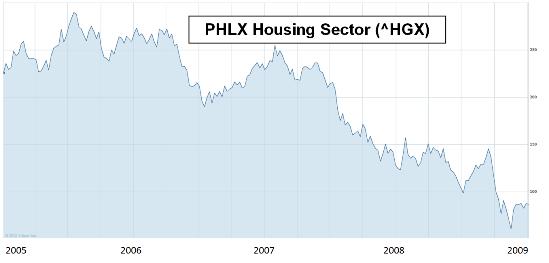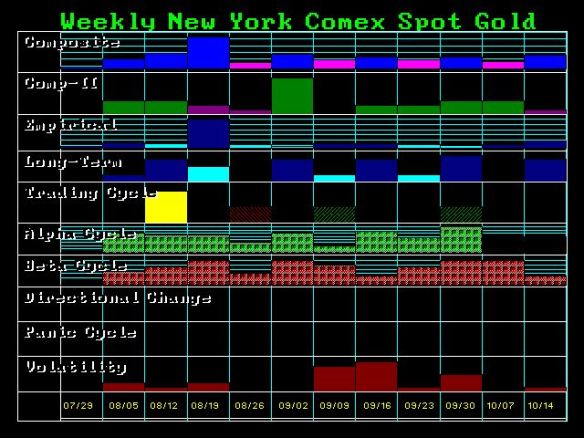Personal Finance
The Way You Become A Successful Investor
Reasons To Short India
“I used to own tourist companies in India at a time. India should have had the greatest tourist companies in the world. If you can only visit one country in your life, my goodness, it should be India—it is an astonishingly spectacular place to visit. There is no place that has the depth of culture that India has. Yes, I have new reasons to short India—just read its newspapers everyday and you will see why.
The government goes from one mistake to another—no matter what the controls are, no matter how much the debt keeps rising, Indian politicians are only looking for scapegoats. Look at the latest thing with gold—Indian politicians want to blame the problems of their economy on someone else, and now it is gold. Gold is not causing India problems, but it is quite the contrary. Exchange controls in India are absurd, the regulations that India puts in place result in foreigners going through 70 loops before they can invest in India. Foreigners cannot invest in commodities in India.
India should have been among the world’s greatest agriculture nations—you have the soil, the people, the weather, but it is astonishing that you have not become one—it is because Indian politicians, in their wisdom, have made it illegal for farmers to own more than five hectares of land. What the hell—can a farmer with just five hectares compete with someone in Australia or Canada? Even if you put together the land in all your family, it is still not possible to compete. Much as I love India, I am not a fan of its government. Every one year, they (Indian government) come up with more reasons for me to be less optimistic about that country.” – in Live Mint
Related ETFs: iShares MSCI Emerging Markets (EEM)

Jim Rogers is an author, financial commentator and successful international investor. He has been frequently featured in Time, The New York Times, Barron’s, Forbes, Fortune, The Wall Street Journal, The Financial Times and is a regular guest on Bloomberg and CNBC.


It’s around 10:00 on a Friday night in early 2005. I’m shooting pool in a local bar with Hunter, a math professor at the local university who had just come into a big inheritance and was tossing it around like the found money that it was. He had recently paid cash for a house and taken his new girlfriend to Vietnam, and had (to get to the point of this post), after a few long talks with me, concluded that the housing bubble was about to burst and the banks and home builders were once-in-a-lifetime short candidates. He’d committed a fair chunk of change to put options on those companies in eager anticipation of their collapse.
But not only had the collapse not come but those stocks had risen, sending his options bets into freefall. On this night, he’d had enough. “Listen,” he said, “I can’t think about this anymore. Maybe it’ll happen, maybe it won’t but we’ve said everything there is to say, so let’s find something else to talk about.” We shifted focus to the game at hand, which also had money riding on it, and didn’t talk stocks for the rest of the night. Very discouraging. A friend had placed a big bet on my recommendation, had lost money and was pissed.
We didn’t know it at the time, but Hunter and I were experiencing something common among those who like to bet against bubbles: prediction fatigue, that (sometimes very long) stretch of purgatory that starts when you become certain that things are out of control and a crash is imminent – and runs until the crash actually takes place. Junk bonds, for instance, were clearly a bubble in 1988 but didn’t implode until late 1989. Tech stocks were classic short candidates in 1998 but doubled one more time before tanking in 2000. Housing stocks were garbage (along with most of the mortgages then being written) by 2004, but then they did this:

…..read more HERE


Stock Trader’s Almanac has been parsing equity market returns during the various years of the Presidential Cycle for decades; election years, pre- and post-election years, and mid-term years. The goal is to help equity investors to know when to expect highs and lows in the market based on what year of the cycle they happen to be interested in.
….see the chart & commentary HERE

12-Month rise up 1.9% in July.
The Teranet–National Bank National Composite House Price Index™ rose to an all-time high in July, as did the indexes of four of the 11 metropolitan markets covered by the composite index: Hamilton, Toronto, Ottawa-Gatineau and Quebec City. However, the composite index was up only 1.9% from a year earlier. Though this was a slight acceleration from June, the 12-month gains of these two months were the smallest since November 2009.
By way of comparison, the Case-Shiller home price index of 20 U.S. metropolitan markets was up 12.1% from a year earlier in May (the latest available reading).
In Canada, the price rise over the 12 months ending in July exceeded the cross-country average in six of the 11 markets: Hamilton (6.7%), Calgary (5.9%), Quebec City (3.8%), Edmonton (3.5%), Toronto (3.4%) and Winnipeg (3.2%). It lagged the average in Halifax (1.5%), Montreal (1.1%) and Ottawa-Gatineau (0.9%).
Prices were down from a year earlier for a fifth straight month in Victoria (−4.0%) and for a 12th straight month in Vancouver (−2.0%).
…..read more HERE













